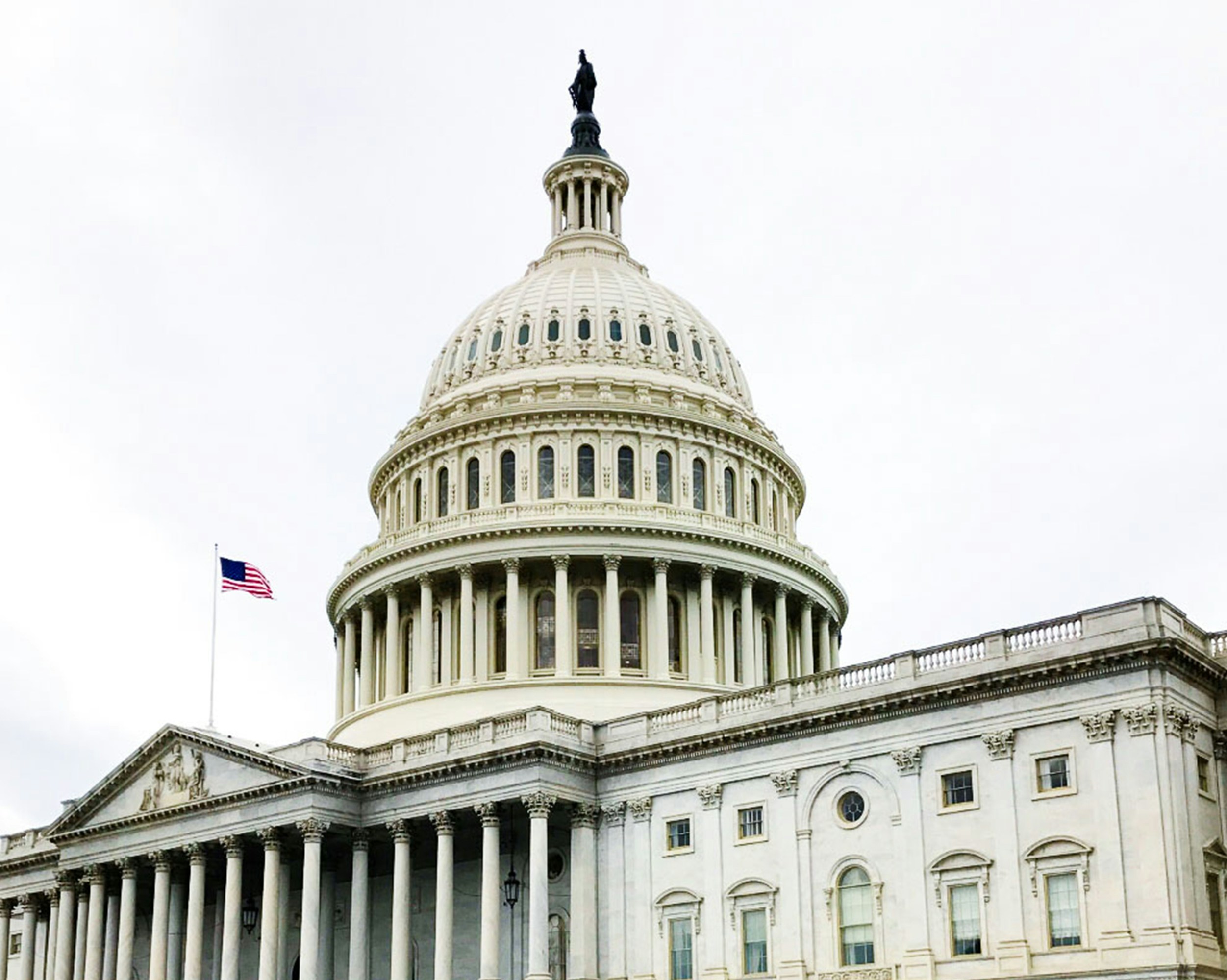
DOL issues revised FFCRA leave rule
- Breaking News
In early August, a federal judge in New York struck down several significant aspects of the Department of Labor’s (DOL) temporary rules under the Families First Coronavirus Response Act. On Friday, the DOL issued revised rules to address the concerns raised by the court. The revisions to the rules, unfortunately, may raise more questions than they answer. The revised rules take effect on September 16th, 2020.
The revisions focus on four areas: (1) the limitation of FFCRA leave to employees who have work available; (2) the requirement that intermittent leave must be by mutual consent; (3) the definition of “healthcare providers” who can be excluded from eligibility for leave; and (4) the employer’s right to require documentation before granting leave.
Work Availability
The original rule limited leave to workers who had work available and would otherwise be scheduled to work. If an employee was laid off or on furlough, they would not be entitled to FFCRA leave. Although this requirement was struck down by the New York court, DOL reaffirmed the requirement and offered additional justification to support its reasoning.
Intermittent Leave
Under the original rule, an employee could take FFCRA leave intermittently only in limited circumstances and only with the employer’s consent. In the revised rule, DOL reaffirmed its original position that when an employee takes Emergency Paid Sick Leave for reasons other than caring for a child whose school or childcare is closed, intermittent leave is only available when an employee can telework and with the employer’s consent.
For childcare-related leave, DOL draws a distinction between when schools are closed intermittently (e.g., open on a hybrid or part-time schedule) and when the employee only seeks leave for certain times when the school is closed. According to the revised rule, where schools are open only intermittently, the employee is entitled to take FFCRA leave for the times when the school is closed. Where the intermittent schedule is at the employee’s election, intermittent leave is only available with the employer’s approval.
Healthcare Provider Exception
The FFCRA gives employers the option to exclude employees who are “healthcare providers” from eligibility for leave under the FFCRA. The original rule defined healthcare providers very broadly to include not only actual caregivers, but also anyone employed in a healthcare establishment, including clerical, janitorial and other support staff. After the federal court struck this provision down, DOL agreed to narrow the exclusion to employees who directly provide care or whose roles are so integrated with the care providers that patient care would be adversely impacted if they were eliminated.
Under the new rule, a healthcare provider subject to the exclusion is either:
- An employee permitted to certify an employee’s eligibility for FMLA leave under the FMLA regulations;
- Or an employee “capable of providing health services, meaning he or she is employed to provide diagnostic services, preventive services, treatment services, or other services that are integrated with and necessary to the provision of patient care and, if not provided, would adversely impact patient care;” and:
- (a) is a nurse, nurse assistant, medical technician, or other person who directly provides services of the type described in (2) above; or
- (b) provides services described in (2) under the supervision, order, or direction of a person described in (1) or (2)(a) above;
- or (c) is “otherwise integrated into and necessary to the provision of health care services, such as laboratory technicians who process test results necessary to diagnoses and treatment.”
The rules further explain these categories of healthcare services:
- Diagnostic: Taking or processing samples, performing or assisting in the performance of x-rays or other diagnostic tests or procedures, and interpreting test or procedure results.
- Preventive: Screenings, check-ups, and counseling to prevent illnesses, disease, or other health problems.
- Treatment: Performing surgery or other invasive or physical interventions, prescribing medication, providing or administering prescribed medication, physical therapy, and providing or assisting in breathing treatments.
- Integrated: Services that are:
“integrated with and necessary to diagnostic, preventive, or treatment services and, if not provided, would adversely impact patient care, including bathing, dressing, hand feeding, taking vital signs, setting up medical equipment for procedures, and transporting patients and samples.”
The revised rule specifically provides that any employee who does not actually provide healthcare services is not covered by the exclusion.
Documentation Requirements
The original rule allowed employers to require employees to provide supporting documentation before taking FFCRA leave. The revised rule provides that employees may be required to provide documentation “as soon as practicable” which “in most cases will be when the employee provides notice” of the need for leave.
Practical Impact
DOL’s revised rule arguably fixes the issues the New York federal court identified in the extremely broad definition of healthcare provider and inflexible timing requirements for documentation. However, DOL stood its ground on the work availability requirement and the availability of intermittent leave. This conflict between DOL and the court leave employers in a state of limbo in applying these rules.





